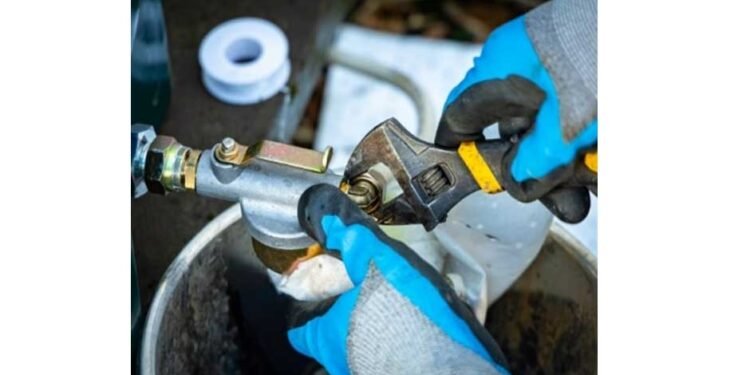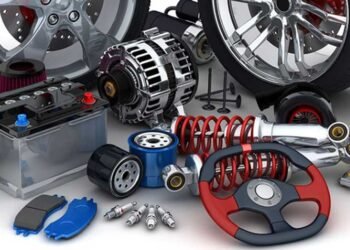Refilling your heating oil tank is essential to keep your system running smoothly, particularly during the winter months when oil consumption increases. Nevertheless, there are a few things you need to consider before calling for a refill. You should check if your tank is safe and ready for the refill procedure. This way, there’ll be no leaks, overfilling, or other possible complications with the system. This article summarises what you need to know beforehand, particularly, the topics centred on refilling your heating oil tank and how you’ll be able to maintain the heating system.
Regularly Inspect the Amount of Oil in the Tank
Most of the modern oil tanks are fitted with gauges which help the user to monitor the liquid level. Monitoring how much oil you’ve used helps to avoid any unpleasant surprises, since drastic temperature drops call for heat requirements. Usually, it’s better to request a refill when you have less than a quarter amount of the content, as this gives one enough time to book a delivery.
Check the Oil Tank for Leaks and Damage
Every time you think about refilling your oil tank, it’s worth inspecting the oil tank first for any damage, signs of corrosion, or any possible leaks. Even the tiniest of fissures or paint chipping in metal tanks can get worse as time goes on, and this could mean losing a lot of oil, not to mention the dangers it could pose for the environment. When you notice any damage, it’s very important to remedy this situation straight away by either getting repairs or a whole new unit. When oil spills and leaks are eliminated by storing oil in a tank that’s properly taken care of, any risk of harm to the environment is therefore reduced.
Choose the Right Tank Size for Your Needs
Choosing the appropriate tank size has major implications in managing the heating oil supply for your household. For example, for many households, a 1250 ltr bunded oil tank can be a good option, as it offers balance between storage capacity and space efficiency. Such bunded tanks consist of two layers: an inner tank to hold the oil and an outer wall that provides extra protection against leaks and environmental hazards. This design is more secure since it reduces the chances of leakage when oil is stored in it. Whether it’s a replacement or just enhancement of your tank, proper sizing, particularly based on heating requirements, is imperative for designed operation.
Getting Ready for the Refill Process
In preparation for a refill on the designated date, it’s important that the tank is in a convenient location so the delivery personnel can easily access the tank. Remove anything that can obscure their path, whether this is dirt or snow, and any other barriers. It’s also wise to go the extra mile and check the access and the connection in case some are loose or not functioning properly. Also, remember that if there are to be any deliveries during the winter months when there’s snow, the driveway and the surrounding area around the tank should be prepared. Planning ahead will ensure that there are no hiccups during the refill process and your heating system can run effectively without any interruptions.
Ensure That Tank Maintenance Is Done Frequently
Lastly, it’s imperative that you service your oil tank on a regular basis to achieve top performance from its systems. Routine maintenance, which is performed by a skilled technician on a yearly basis, will aid in identifying things such as sludge and faulty valves even before they materialise as issues. This may include tank sanitisation, prevention of internal anode in-tank corrosion, and correct functioning of every detail. With routine maintenance, the tank is expected to not only outlast its designed lifespan but also keep the heating system performing at its peak, lessening the chances of unplanned system failure. Routine checkups allow a cylinder to hold more oil than is needed and avoid unpleasant situations such as running short on oil in the middle of winter.
These tips will help you to ensure that post-refills, your heating oil settings are working optimally, and the heating system is efficient at all times through the seasons. Along with progressive maintenance, looking after the tank will prevent potential incidents and keep the house warm and cosy.












